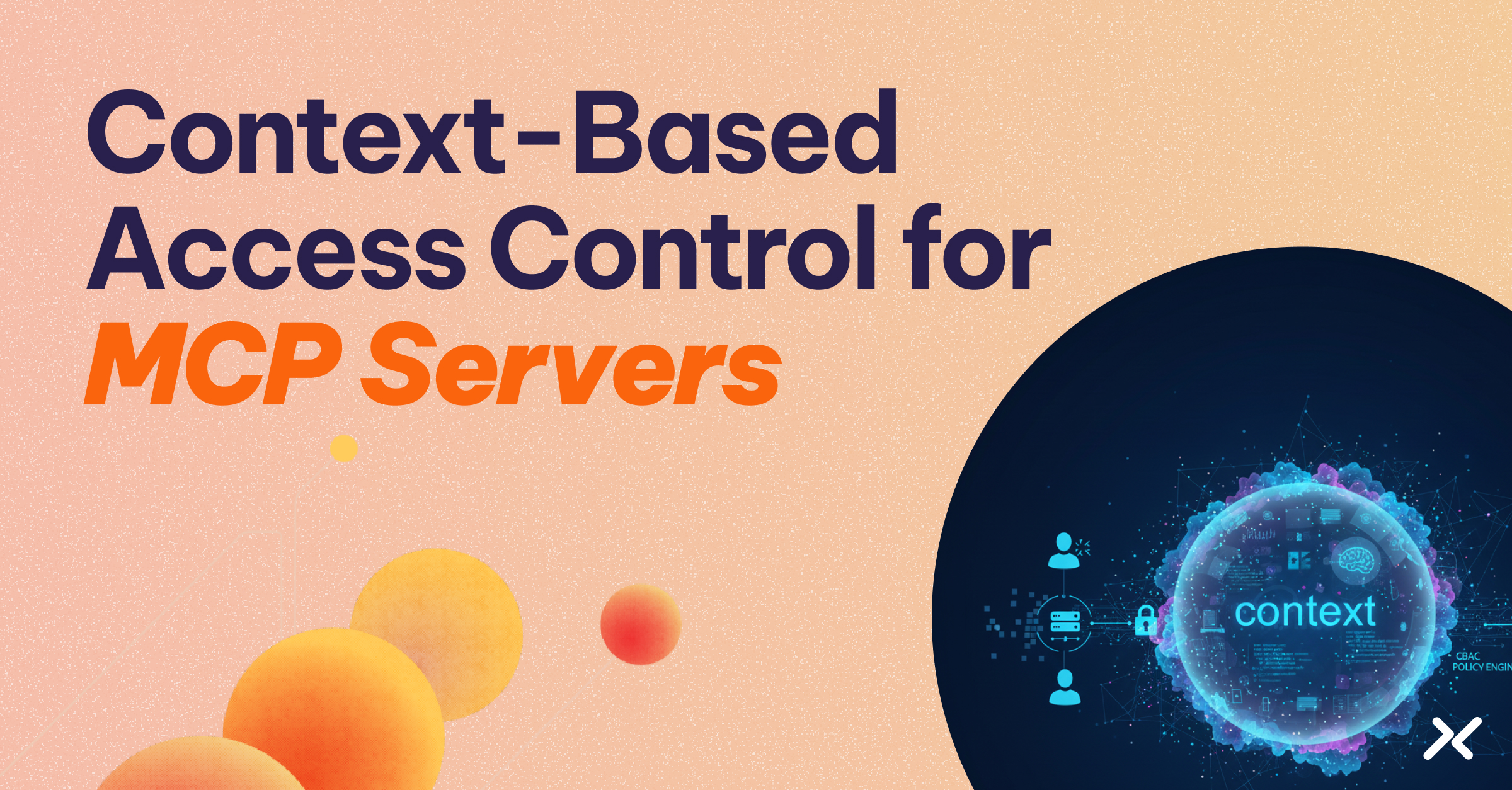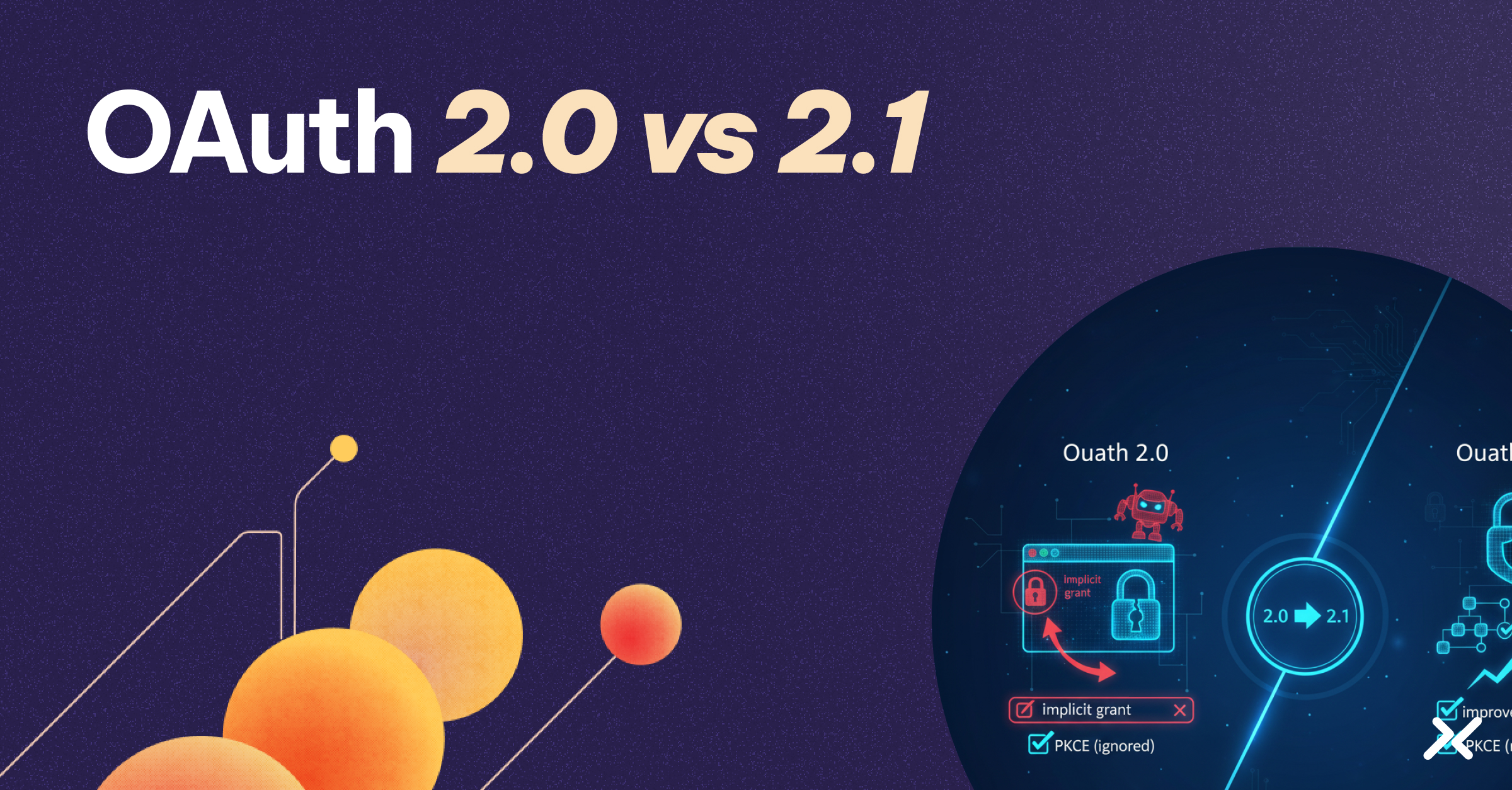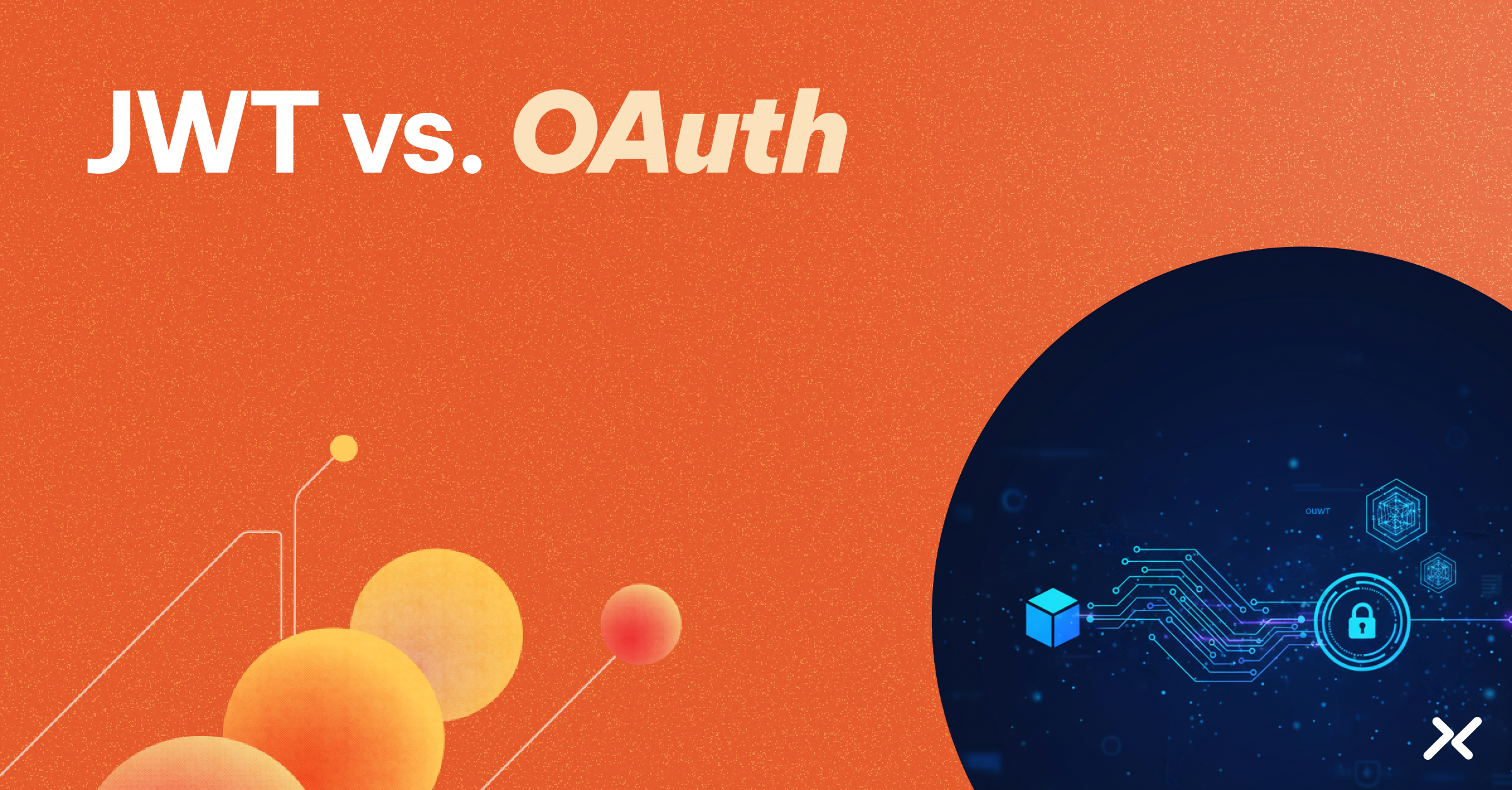Non-human identities (NHIs) have become the operational backbone of modern infrastructure. They are used to authenticate to APIs, pull secrets from vaults, move artifacts between systems, and deploy code across environments.
Across most organizations, they outnumber human users by an order of magnitude. Yet they are often handled with little structure – provisioned ad hoc, rarely audited, and frequently treated as low-risk.
Attackers don’t share that assumption. They look for misconfigured service accounts, excessive permissions, and credentials left behind in logs or configuration files. They take advantage of the fact that non-human access tends to be persistent, over-permissioned, and poorly attributed.
The rapid growth of AI agents and automation is accelerating the proliferation of NHIs. As organizations adopt AI-powered workflows, bots, and automated decision-making, the number and complexity of NHIs are increasing dramatically – further complicating their management and oversight, and introducing entirely new risks. In fact, credentials and secrets theft play a role in most data breaches.
The five exploit types below appear regularly in cloud, hybrid, and on-premises environments. While each threat is distinct, they all point to the same root problem: access is being granted without clear understanding of identity, scope, or lifespan.

1) Token Abuse
Token misuse remains one of the most effective attack techniques – especially when access tokens are bearer-based and unbound from identity or context. Even short-lived tokens can pose a risk if they aren’t limited in what they can do, who they’re for, or where they can be used. Recent high-profile incidents, such as the Midnight Blizzard attack on Microsoft and the Hugging Face breach, have shown just how damaging token abuse can be in real-world environments.
Attackers can:
- Steal tokens from memory dumps, logs, or misconfigured storage.
- Replay them from one environment or system to another.
- Forge them by exploiting weak signing keys or token validation logic.
Once obtained, these tokens allow attackers to impersonate workloads and access sensitive resources without triggering traditional detection mechanisms. Because they aren’t tied to workload identity or runtime posture, they can be abused far beyond their intended scope.
Risk factors include:
- Tokens untethered from workload identity or runtime context – for example, tokens that can be used from any environment, device, or service without verifying who or what is using them.
- Missing audience or scope restrictions.
- Inadequate monitoring of token use across time, region, or behavior.
2) Living-off-the-Land With Compromised NHIs
Not all breaches start with malware. Increasingly, attackers compromise valid non-human credentials – like those used in CI/CD pipelines – and use them to move laterally across infrastructure, blending in with normal network activity, as was the case in the BeyondTrust breach.
Because these activities mirror normal workload behavior, traditional detection methods often fail. This is especially true in environments where NHIs aren’t monitored as rigorously as human users – and where agentic AI systems, designed to operate autonomously via APIs, are given long-lived credentials without clear behavioral constraints. Once compromised, these agents can issue commands, exfiltrate data, or alter workflows without raising alarms, all while appearing legitimate.
Common blind spots include:
- CI/CD jobs and workflows with broad access to cloud APIs or production systems.
- Secrets reused across dev, staging, and production environments.
- Lack of behavioral profiling or enforcement of expected NHI behavior.
3) Credential Exposure
Secrets management tooling exists – but implementation gaps persist. Credentials still end up hardcoded in configuration files, stored in environment variables, or exposed via verbose logs.
According to the 2024 Non-Human Identity Security Report from Aembit, 30.9% of organizations store long-term credentials directly in code, 23.7% share secrets through copying and pasting via email or messaging apps, and 15.5% use manual spreadsheets to store secrets.
OAuth tokens, cloud access keys, and database credentials are regularly surfaced through crash dumps, misconfigured log aggregation tools, and unsecured source control systems.
These exposures are often discovered long after compromise – during incident response rather than proactive review.
Common exposure paths include:
- Git repositories or artifact registries containing hardcoded secrets.
- Environment variables with plaintext credentials leaked.
- Unsecured sharing of credentials between loosely coupled service
4) Orphaned or Overprivileged NHIs
Non-human identities often bypass the structured lifecycle applied to human users. Temporary service accounts – or “zombie” accounts – can persist long after their intended use. Third-party integrations often retain permissions long after a vendor relationship ends. And automation platforms tend to accumulate privileges over time as infrastructure evolves.
Over time, these identities become invisible – but still active. Attackers exploit them to remain undetected, using their broad and unmonitored access to move laterally or exfiltrate data.
Warning signs include:
- NHIs with no recent usage or clear ownership.
- Overly broad permissions relative to actual function.
- No identity lifecycle management tied to the owning team or application.
5) Credential Harvesting Via Legacy Service Accounts
Despite the shift toward cloud-native identity, many enterprises still rely on Active Directory (AD) to manage non-human access. In these environments, long-standing service accounts often use static passwords and are configured to authenticate via the Kerberos protocol.
A well-known post-compromise technique takes advantage of this setup. Attackers can request Kerberos service tickets for accounts with registered Service Principal Names (SPNs), extract the encrypted credential data, and attempt to recover the plaintext password through offline guessing. This method – known as Kerberoasting – remains highly effective when service accounts use weak or unrotated passwords. Microsoft recently issued updated guidance to help prevent these types of attacks.
These risks are especially pronounced in hybrid or lift-and-shift architectures, where non-human identities – typically configured as AD service accounts – still play a central role in automation and infrastructure access.
Common missteps include:
-
SPNs assigned to accounts with weak or unrotated passwords.
Long-standing service accounts without recent review or clear ownership.
-
Continued reliance on NTLM (NT LAN manager) or unconstrained delegation.
Bottom Line
By understanding the ways NHIs are exploited – and putting controls in place to limit their exposure, lifespan, and privileges – security teams can dramatically reduce one of the fastest-growing attack surfaces in enterprise infrastructure.
The Workload IAM Company
Manage Access, Not Secrets
Boost Productivity, Slash DevSecOps Time
No-Code, Centralized Access Management




